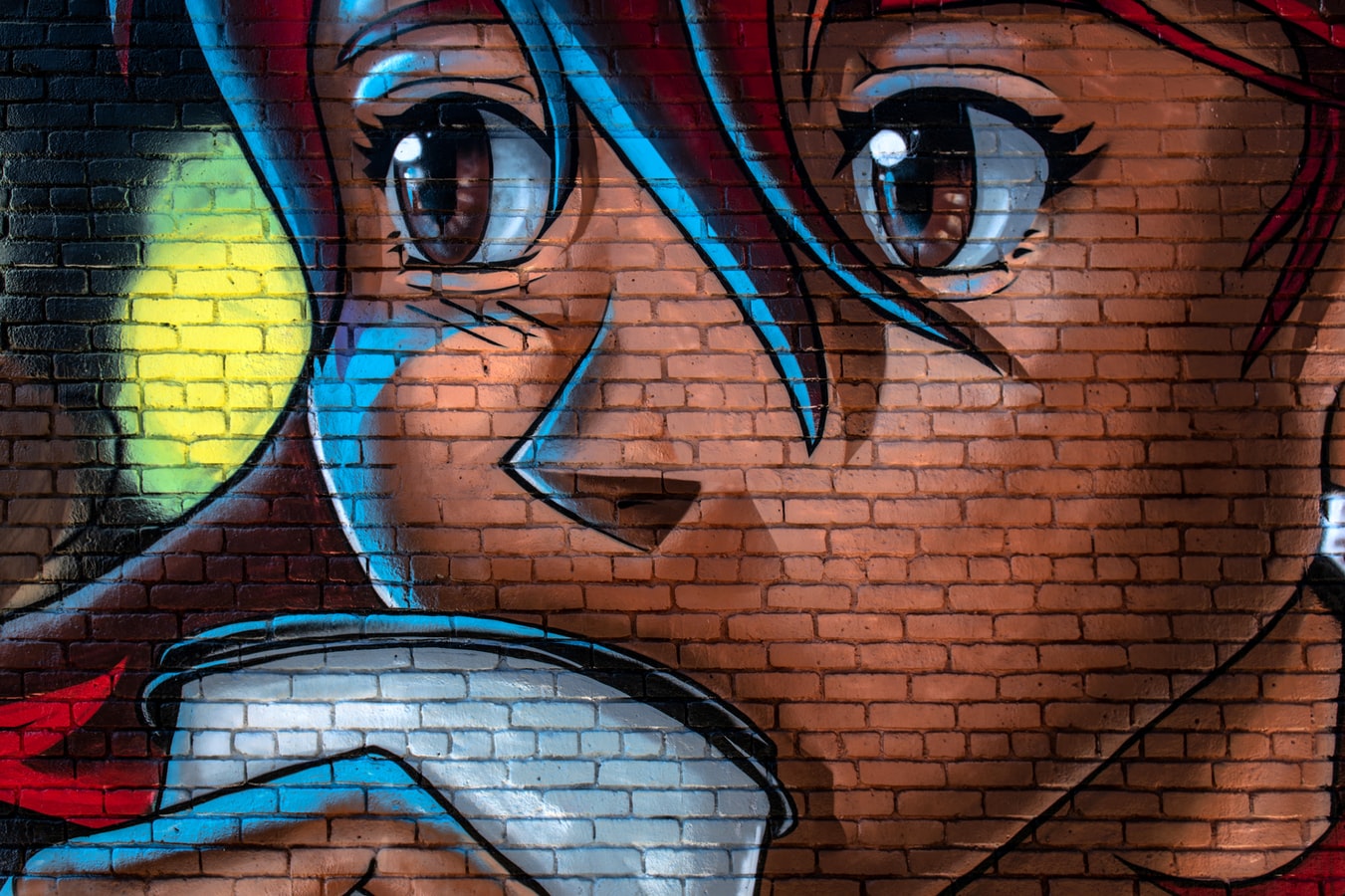By: Eunice Chae
Victorville, Calif.
The Tomorrow War an Amazon Original released in July, enjoyed mixed reviews from both audiences and critics alike. The film boasts Chris Pratt in its starring role as Dan Forester, a former U.S. Army soldier who now works as a high school biology teacher. After fail-ing to get a prestigious job at a science facility, Forester has a semi-midlife crisis and waxes poetic about his life aspirations to his nine-year-old daughter.
During the World Cup, a giant wormhole opens up above the soccer field. A group of soldiers comes through, announcing that they’re from the future. They explain that by the year 2051, aliens have attacked the planet and the human race is virtually extinct. The government sends soldiers into the future to fight, and Dan is drafted.
In the future, the aliens — dubbed the Whitespikes thanks to their sharp teeth, claws and spikes — have overrun the city. Meanwhile, the humans have regular guns and regular bullets which barely do anything to the aliens. You would think that if future engineers had the technology to build a time-traveling device from “chewing gum and chicken wire,” they could have created weapons that were a teensy bit more effective.
When Dan tries to rescue a fallen team-mate, the group is trapped and everyone is killed except for Dan, Charlie (Sam Richardson), and a man named Dorian (Edwin Hodge). Later, Dan meets an older version of his daughter, Muri (Yvonne Strahovski), who develops a toxin for the Whitespikes. Just as the toxin is perfected, the aliens attack the military base.
Muri is injured, and even though the fate of the world depends on getting the toxin to safety, Dan refuses to leave her. When Muri falls toward a frenzy of Whitespikes, Dan again makes a selfish decision and leaps after her. However, he’s transported into the present in the nick of time.
The movie takes a slightly bizarre turn when Dan, Charlie, Dorian, and Dan’s estranged father, James (J.K. Simmons), find a crashed spaceship. Instead of alerting others at once when they find it, the group traipses in alone. To be clear, humanity depends on killing these aliens, and only they know their location. If they die in the spaceship, the knowledge to save the world dies too.
Whitespikes on board eventually attack, and Dorian sacrifices himself, blowing up the ship while Dan, Charlie, James, and a female Whitespike escape. There’s a pleas-antly subversive scene near the end, when James attempts a self-sacrifice. In a small twist, Dan rescues him before he actually can, and kills the last Whitespike himself.
All in all, if you’re looking for a decently fun action flick with above-average performances of a remarkably selfish protagonist and unfortunately two-dimensional characters, The Tomorrow War fits the bill. Just don’t start squinting too hard at the plot, though, because that’s when it starts to crack under the pressure.



 Maggie Salinas
Maggie Salinas Official Release Poster
Official Release Poster

 Credit:
Credit: 